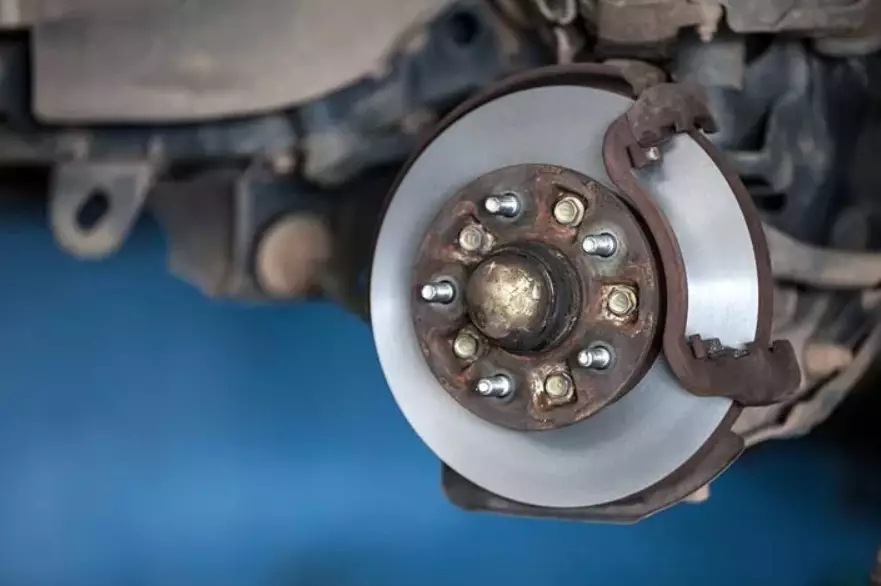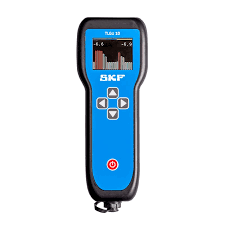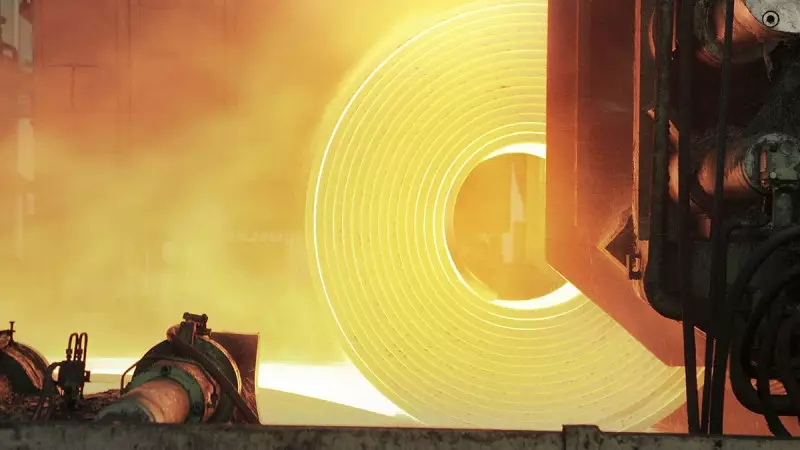
Understanding the Causes of Bearing Noise
Understanding and monitoring noise and vibration is essential for ensuring long-term equipment reliability. Noise often serves as an early indicator of bearing wear or contamination, making early detection critical for preventing failure.
Noise
A simple way to identify bearing deterioration is by listening for abnormal sounds. Healthy bearings produce a soft, smooth noise. Grinding, squeaking, or irregular sounds signal that the bearing is in poor condition and may soon fail.
Studies show that over 45% of premature bearing failures are first detected through abnormal noise patterns during operation (SKF Reliability Report, 2022).
Acoustic analysis can detect early wear up to 8 weeks before vibration levels rise (ISO 15243 Analysis, 2021).
Vibration
The need for vibration monitoring comes is due to three issues:
- All machines vibrate.
- A developing mechanical problem is accompanied by an increase in vibration levels.
- The nature of the fault can be determined from the vibration characteristics.
Numerous types of machinery, such as engines, motors, and other rotating machinery, often experience bearing noise. This is caused by a variety of factors that can lead to increased wear and tear on the bearing, resulting in unwanted noise and potential failure.
Important parameters for monitoring machine condition include noise, temperature, and vibration. Bearings that are worn or damaged exhibit identifiable symptoms. Many potential causes could be responsible and need to be investigated.
Research shows that nearly 90% of rotating machinery failures display measurable vibration anomalies before breakdown.
Facilities using vibration monitoring report 30–40% fewer unplanned downtime events.
What is bearing noise?
Bearing noise is an undesired sound produced by a bearing during operation. This noise can be caused by several factors, such as wear and tear, contamination, and misalignment. Depending on the cause, bearing noise can range from a faint humming or whirring sound to a loud, grinding noise that can be heard from a distance.
Common causes of bearing noise
1. Wear and fatigue
Wear is one of the most common causes of noise. As rolling elements degrade, friction increases and produces noticeable sound.
Surface fatigue contributes to 1 in 3 bearing failures (ISO Mechanical Wear Report, 2021).
2. Contamination
If dirt, dust, or moisture enters the bearing, it damages rolling surfaces and increases noise levels.
Contamination is responsible for 20% of premature bearing failures (Machinery Lubrication Journal, 2021).
3. Misalignment
Improper alignment causes uneven loading and friction, which increases noise and accelerates wear.
Misalignment can increase bearing load by up to 50%, significantly raising vibration and noise.
Failure categories
Bearing failures can be divided into four groups:
- 1/3 fail due to fatigue
- 1/3 fail due to lubrication problems
- 1/6 fail due to contamination
- 1/6 fail due to handling, mounting, or incorrect fits
How to prevent bearing noise
Preventing bearing noise requires proper maintenance and handling of the bearing. Here are some tips to help prevent bearing noise:
1. Ensure proper lubrication of the bearing
One of the most crucial factors in preventing bearing noise is proper lubrication. The bearing should be lubricated according to the manufacturer’s specifications, using the appropriate type and amount of lubricant. This will help reduce friction and wear on the bearing, resulting in less noise and a longer lifespan.

Ultrasonic sensor improves maintenance practices when re-lubricating bearings.
2. Ensure proper alignment of the bearing
Proper alignment of the bearing is essential for preventing noise and failure. The bearing should be installed and aligned according to the manufacturer’s specifications, using precision measuring tools to ensure accuracy.
To avoid overloading the bearing, which can cause increased friction and wear, resulting in increased noise and potential failure, the bearing should be operated within the manufacturer’s recommended limits. Finally, the bearing should be installed correctly, with the proper clearance and preload, to help ensure that the bearing operates smoothly and quietly.
Bearing noise is a frequent problem in machinery that can be caused by many factors. Proper maintenance and handling of the bearing, including proper lubrication, cleanliness, alignment, and loading, can help prevent bearing noise and ensure a long, trouble-free lifespan for the bearing. By following these guidelines, engineers can reduce the likelihood of bearing noise and improve the performance of machinery, whether it be a rod bearing noise in a car or bearing noise in other equipment.
Still have a question or need to discuss something? Contact us to get help.
FAQ
Q: What types of noise indicate early bearing damage?
A: Early failure typically produces high-frequency clicking or whirring above normal operating ranges. These sounds often signal surface fatigue or lubrication breakdown.
Q: How does contamination influence bearing noise patterns?
A: Contaminants create impact events between rolling elements and races. These impacts increase both noise amplitude and vibration irregularities.
Q: Can vibration analysis determine the root cause of bearing noise?
A: Yes. Each failure mode produces distinct vibration frequencies—race defects, imbalance, looseness, or misalignment all generate identifiable signatures.
Q: Does lubrication type affect noise levels?
A: Absolutely. Correct viscosity and additive formulation reduce friction and dampen acoustic emissions, especially in high-speed applications.
Q: What operating conditions accelerate noise-generating wear?
A: High loads, elevated temperatures, and poor lubrication intervals significantly accelerate surface fatigue and noise generation.
Q: When is bearing replacement recommended?
A: If noise persists after lubrication and cleaning and vibration analysis confirms increasing defect frequencies, replacement is typically required.
Q: How often should bearings be acoustically inspected?
A: High-speed rotating equipment should be checked weekly, while moderate-duty applications may require monthly monitoring.
Q: Why combine noise monitoring with thermal analysis?
A: Noise changes indicate surface degradation, while temperature increases point to friction and lubrication issues. Together, they provide a complete diagnostic picture.









 Short Rigid Couplings
Short Rigid Couplings Controlflex Couplings
Controlflex Couplings Jaw Couplings
Jaw Couplings Oldham Couplings
Oldham Couplings Bearing Locknuts – TCN
Bearing Locknuts – TCN Double Wide Shaft Collars
Double Wide Shaft Collars Heavy Duty Shaft Collars
Heavy Duty Shaft Collars International Series Shaft Collars
International Series Shaft Collars Keyed Shaft Collars
Keyed Shaft Collars Mountable Shaft Collars
Mountable Shaft Collars Quick Clamping Shaft Collars
Quick Clamping Shaft Collars Set Screw Shaft Collars
Set Screw Shaft Collars Thin Line Shaft Collars
Thin Line Shaft Collars Threaded Shaft Collars – Pacific International Bearing Products
Threaded Shaft Collars – Pacific International Bearing Products Two-Piece Shaft Collars
Two-Piece Shaft Collars Friction Bearing Universal Joints
Friction Bearing Universal Joints Needle Bearing Universal Joints
Needle Bearing Universal Joints

